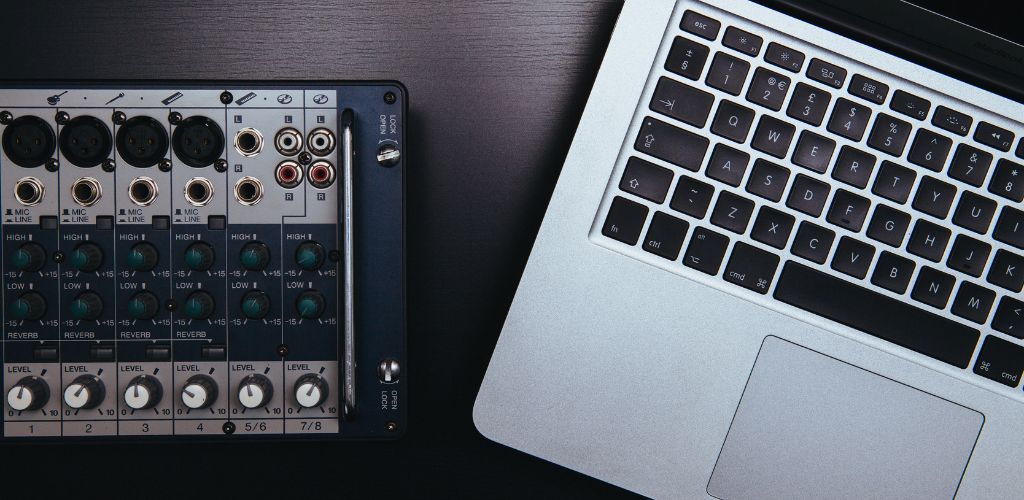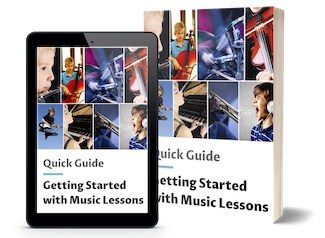Best
Beginner Interface
-
Overall: Two XLR/Line Inputs And Two Additional Line Inputs
-
Best Feature: Boasts Two Additional Fixed-Line Inputs
-
TedScore™: 8/10
Best
Professional Interface
-
Overall: Eight Inputs and Outputs
-
Best Feature: MIDI Connectivity
-
TedScore™: 10/10
Best
Home Studio
Interface
-
Overall: Flexible Input/Output Configuration
-
Best Feature: Featuring the best yet Scarlett preamps
-
TedScore™: 7/10
If you’ve ever wondered how to connect Focusrite to Mac and enjoy crisp audio with ease, you’re about to experience something truly remarkable.
Connecting a Focusrite audio interface, such as the Scarlett, Clarett, or Saffire series, to a Mac can transform your sound experience dramatically. It’s all about getting set up right, especially if you’re diving into music production or just looking to improve your sound quality at home.
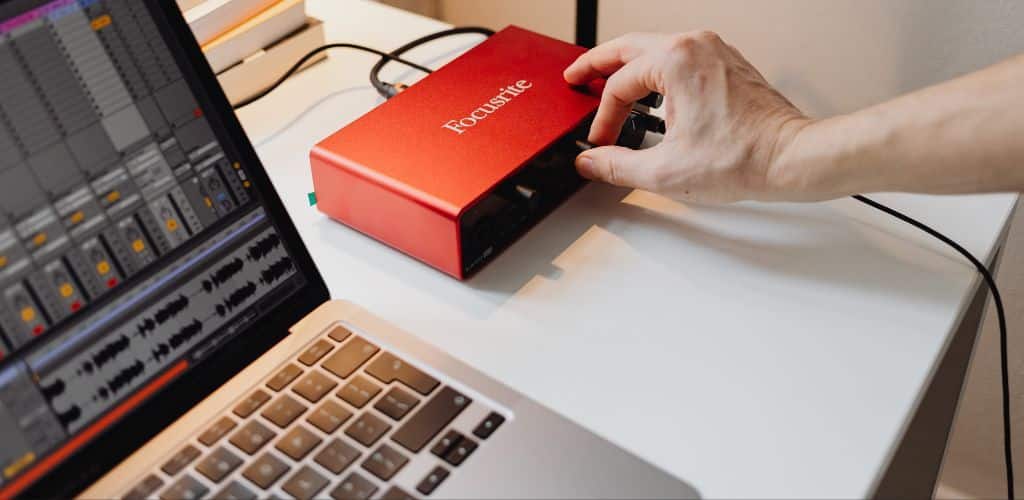
Throughout this article, I’ll guide you through everything you need to know, from the necessary cables to software tweaks. We’ll cover connections for various Focusrite models, including Scarlett and Clarett, and even toss in a recommendation for the perfect capo to pair with your electric guitar for stellar recordings.
Let’s explore the steps together, ensuring you make the most of your Focusrite and Mac connection.
Setting Up Your Focusrite Device on a Mac
Connecting your Focusrite device to a Mac involves checking compatibility, making the physical connection, and configuring the audio preferences. Each of these steps ensures your setup will provide the best sound experience.
Checking Your Mac's Compatibility
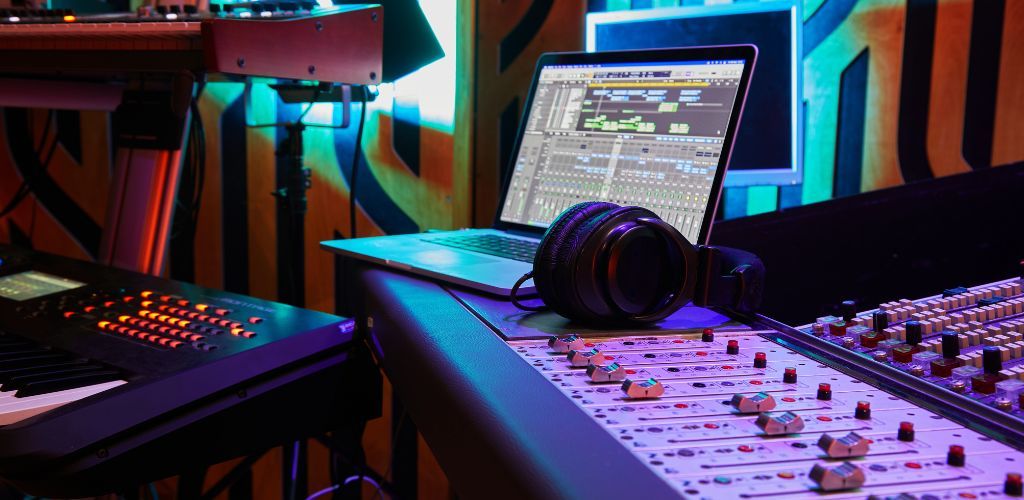
First, I make sure my Mac is compatible with the Focusrite device. Some Focusrite models, like Scarlett 3rd Gen, work seamlessly with macOS, but it’s important to verify this, especially with newer models like those running on Apple Silicon. I often start by checking the Focusrite website for the latest compatibility information.
It’s crucial to look up any specific drivers or updates needed, particularly for older Macs or newer devices. For example, Clarett Thunderbolt interfaces might need additional software.
Connecting Your Focusrite Interface
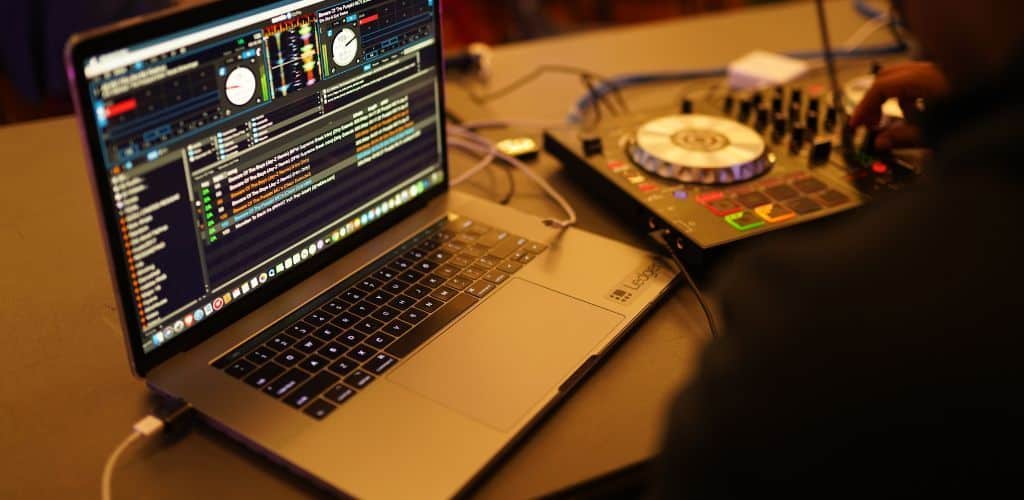
Next comes the exciting part—connecting the hardware! I typically use the USB cable included with the Scarlett interfaces, like the Scarlett 2i2 or 8i6. It’s best to connect directly to the Mac’s USB port.
If using systems like Scarlett 18i8, which also supports Thunderbolt, Mac users might want to explore this option for potentially faster data transfer. Always ensure cables are securely connected to avoid any disruptions in sound quality.
Configuring Audio Preferences
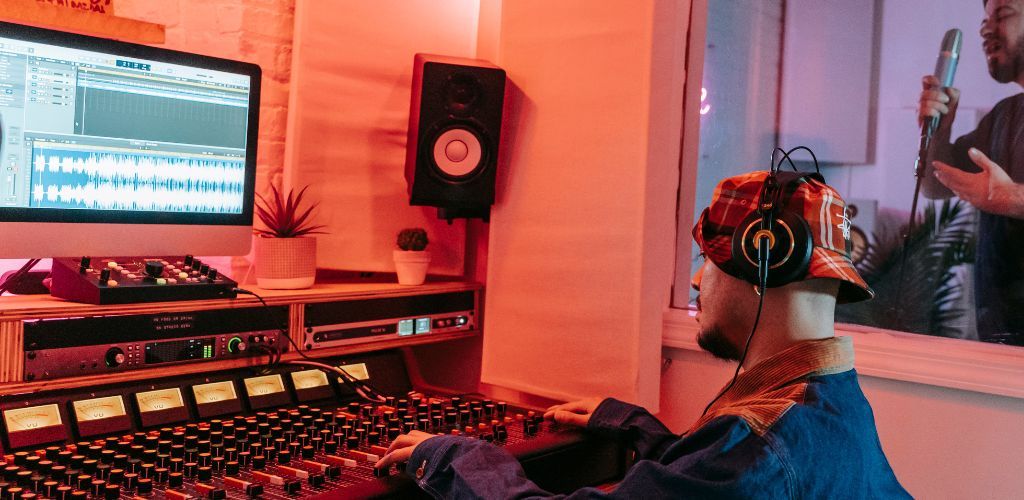
With the physical connection set, it’s time to dive into the Mac’s audio settings. I navigate to System Preferences and click on Sound, selecting the Scarlett as the input and output device. It’s just a matter of making sure the Mac knows where to send the audio.
I then proceed to the audio software—Logic Pro X, for instance—and configure audio preferences there too. Setting the Scarlett as the default interface in these applications is key to a smooth audio experience. Following these steps ensures optimal playback and recording.
Focusrite Interface for Mac
Focusrite Scarlett 2i2 (4th Gen)
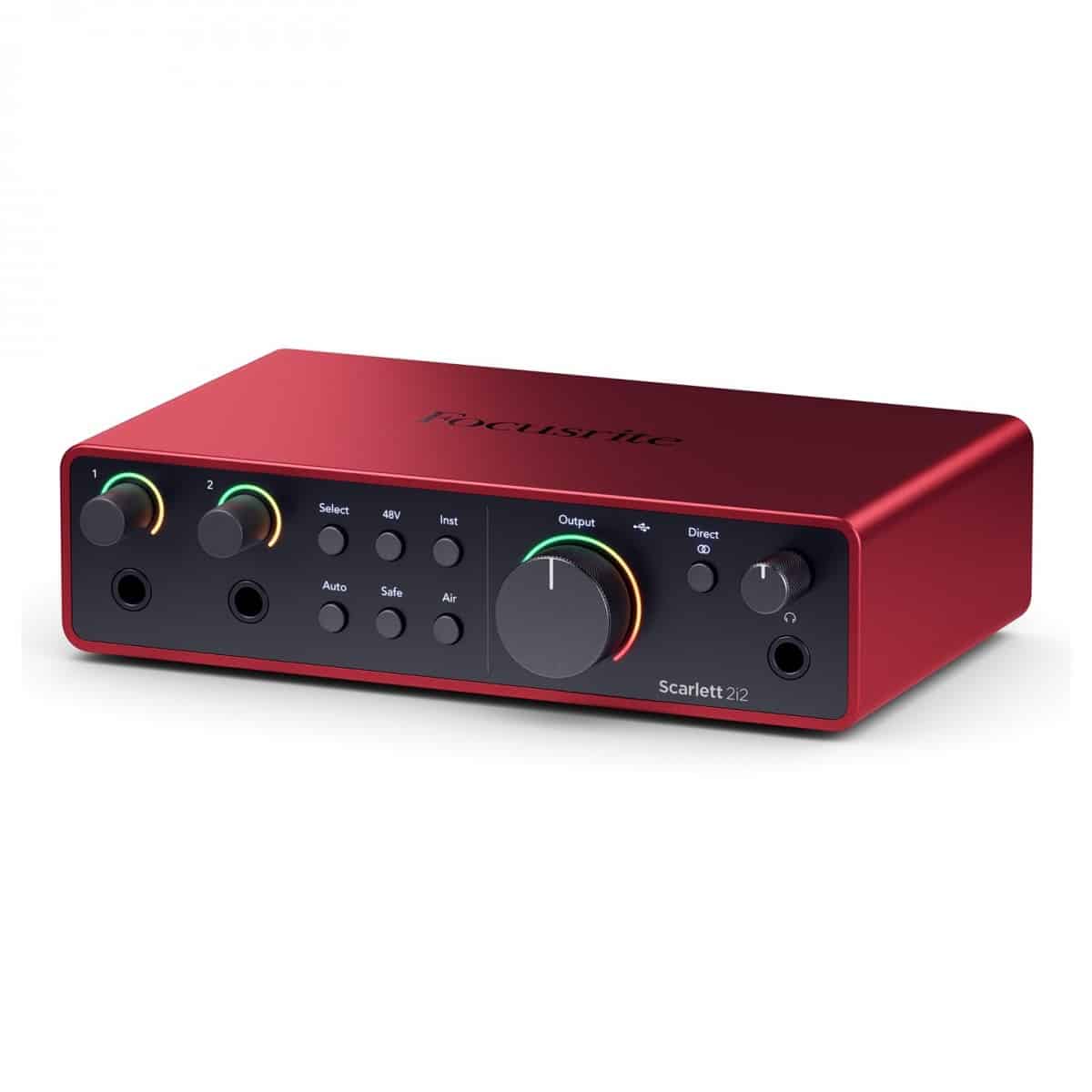
PERFECT FOR: Musicians and content creators of all levels
FEATURES: Ultra-low latency with high-quality 24-bit/192kHz audio
OTHER INFO: Includes Ableton Live Lite & Focusrite Hitmaker Expansion
Focusrite Scarlett 2i2 (4th Gen)
- Focusrite Control compatibility provides maximum flexibility for setting up monitor mixes and routing configurations
- Two virtual inputs enable you to capture a stereo feed with any combination of hardware input and software playback channels
- Improve monitoring features give you better reference over audio
- Optimised audio conversion for the best quality audio every time
- Does not come with any bundled software or plugins
When you click ‘Check Price’, you’ll see there are loads of great places to buy this item. Our personal favorite is Sweetwater for the US, and Thomann and Gear4Music for the UK & Europe.
They are the largest music retailers, with excellent customer service, competitive prices, really fast shipping, and the longest guarantees.
The professional musician who wrote this article combined many things,
from the product build, manufacturer’s reputation through to feedback
from other users, to create our famous TedScore™.
Focusrite Scarlett Solo
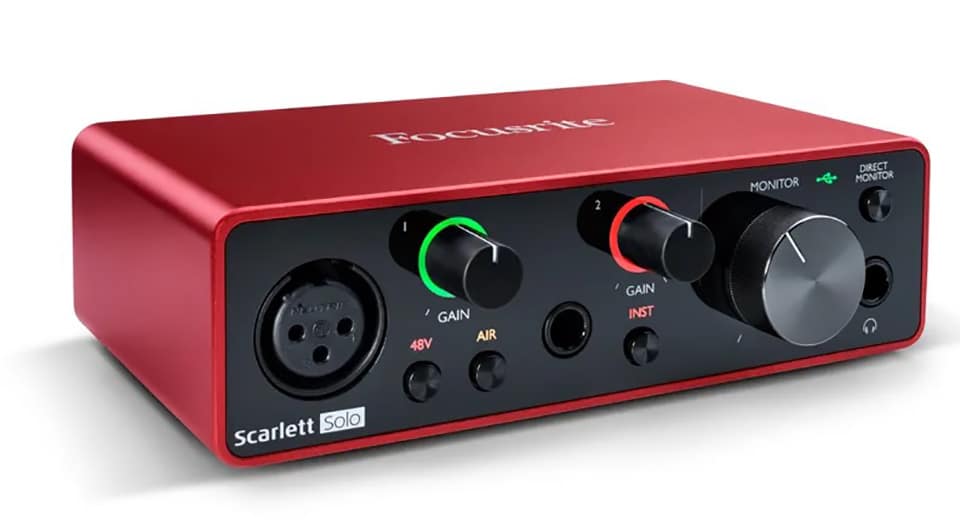
PERFECT FOR: guitarists, vocalists, podcasters, and producers
FEATURES: Incredibly high-quality audio interface for home and professional studios
OTHER INFO: Featuring the best yet Scarlett preamps - now with Air mode
Focusrite Scarlett Solo (3rd Gen)
- Optimised audio conversion for the best quality audio every time
- XLR input for recording vocals or instruments
- Includes Ableton Live Lite, Splice Sounds subscription and other music software
- One high-headroom instrument input to plug in your guitar or bass
- High-performance converters enable you to record and mix at up to 24-bit/192kHz
- Only has one mic input and one instrument input
When you click ‘Check Price’, you’ll see there are loads of great places to buy this item. Our personal favorite is Sweetwater for the US, and Thomann and Gear4Music for the UK & Europe.
They are the largest music retailers, with excellent customer service, competitive prices, really fast shipping, and the longest guarantees.
The professional musician who wrote this article combined many things,
from the product build, manufacturer’s reputation through to feedback
from other users, to create our famous TedScore™.
Scarlett 18i8
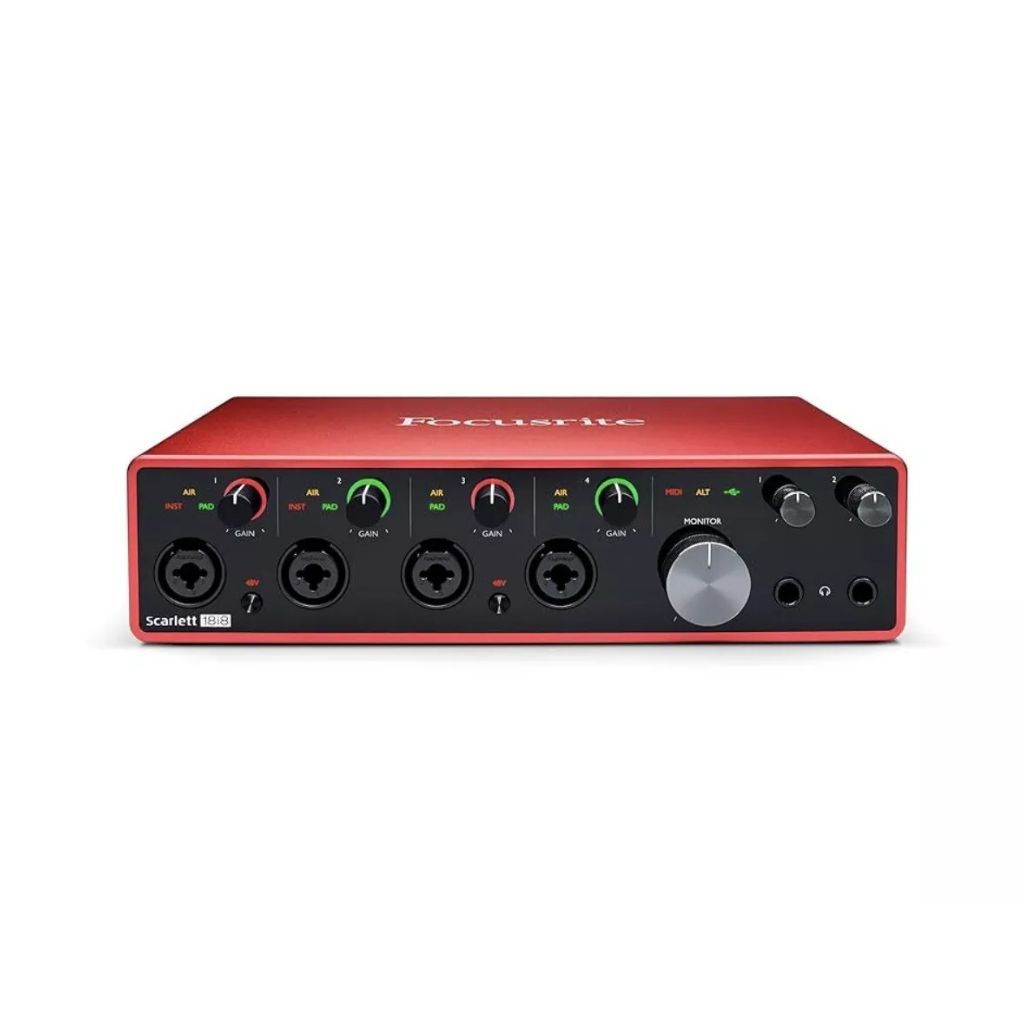
FEATURES: Eight Inputs and Outputs
OTHER INFO: MIDI Connectivity
- Offers excellent sound quality with its premium preamps and converters
- Extensive Connectivity Options
- Bulkier compared to smaller interfaces
When you click ‘Check Price’, you’ll see there are loads of great places to buy this item. Our personal favorite is Sweetwater for the US, and Thomann and Gear4Music for the UK & Europe.
They are the largest music retailers, with excellent customer service, competitive prices, really fast shipping, and the longest guarantees.
The professional musician who wrote this article combined many things,
from the product build, manufacturer’s reputation through to feedback
from other users, to create our famous TedScore™.
Software Setup and Recording Basics
Connecting a Focusrite interface to a Mac requires setting up the right software and ensuring everything runs smoothly. I’ll walk you through the steps of installing drivers, configuring your preferred DAW, and solving any hiccups you might encounter along the way. Let’s dive in!
Installing essential drivers and software
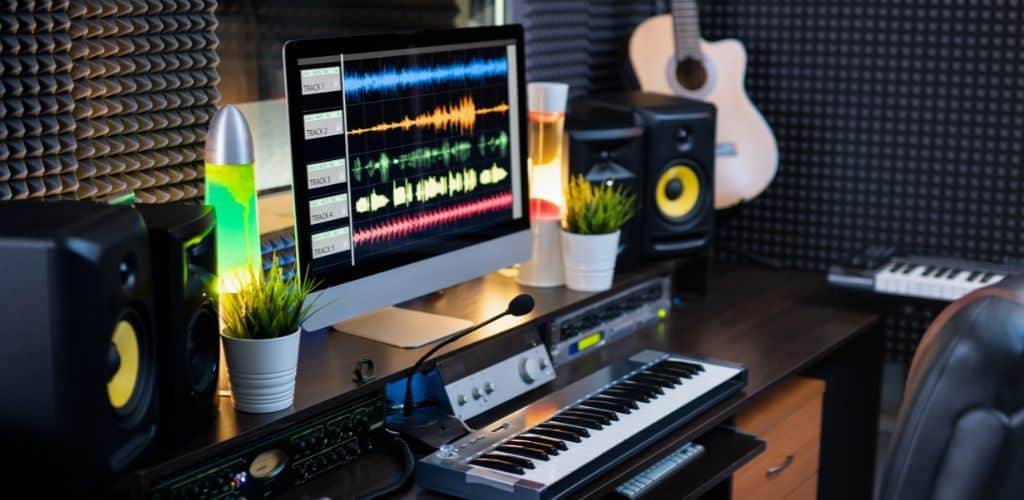
Firstly, ensure that your macOS version is compatible with your Focusrite device. Most Focusrite interfaces are class-compliant and should work without needing extra drivers, especially newer models like the Scarlett 2i2 (3rd Gen).
Download any additional required software from Focusrite’s official site. Tools like Focusrite Control are essential for managing your audio interface‘s settings.
If you have Saffire or another older model, check Focusrite’s Help Centre to download appropriate FireWire or USB drivers. Keep these software tools updated to maintain compatibility.
Configuring DAW Preferences
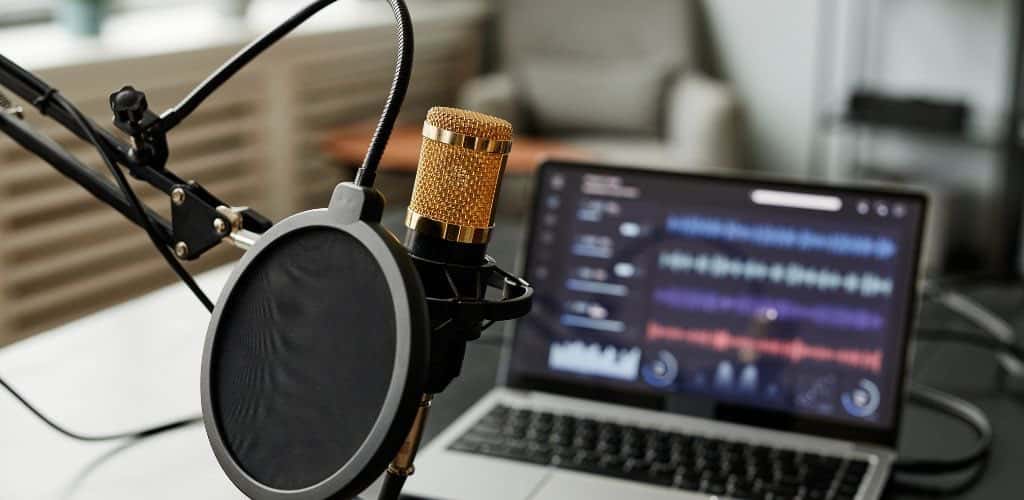
Once your software is ready, open your DAW—be it Pro Tools, Ableton Live Lite, GarageBand, or Logic Pro. Head to settings or preferences and select your Focusrite device as the input and output audio device.
In GarageBand or Logic Pro, this is usually under “Audio/MIDI settings.” For Ableton, check the Audio tab.
Enable necessary inputs and outputs for the tracks you intend to record. It’s a beneficial idea to use an electric guitar capo for easier recording across different keys! Then, arm the track by clicking the record button, which should turn red, preparing your system to capture sound.
Troubleshooting Common Issues
Encountering issues? No worries, I have some common fixes. If your Mac doesn’t recognize the device, try restarting or reconnecting your Focusrite.
Ensure all cables are secure. Sometimes, updating your Mac’s operating system can disrupt connections. Check for updates on both macOS and your DAW.
If there’s no sound or distorted output, double-check the software settings and ensure input/output sources are correctly set. Don’t hesitate to visit the Focusrite Help Centre for step-by-step troubleshooting and personalized support.
Final Thoughts:
How to connect focusrite to mac
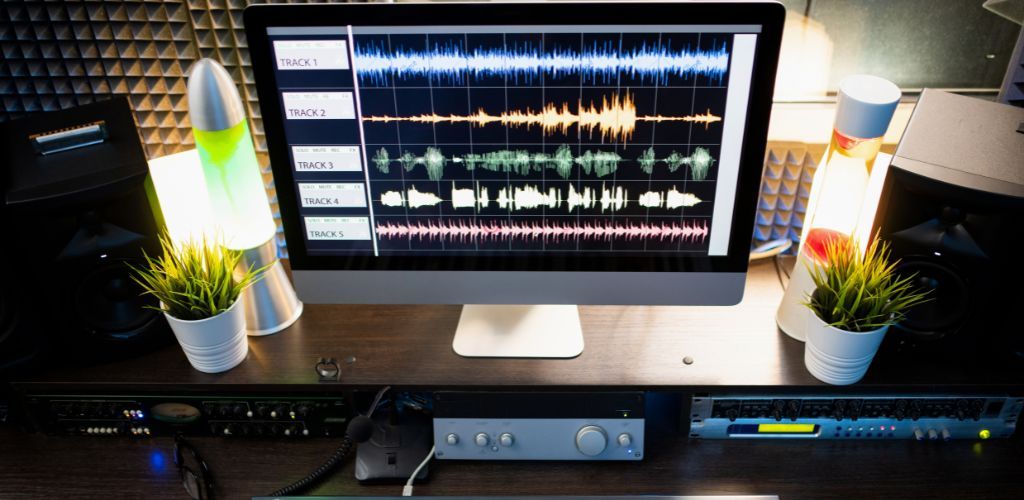
Connecting a Focusrite interface to a Mac opens up a world of audio possibilities. With the right steps, it becomes a smooth experience for both beginners and seasoned pros. Keeping your drivers updated ensures that everything runs seamlessly.
I always recommend checking for compatibility before you start. It’s crucial that your Mac’s OS is up-to-date for the best performance. Adapters might be necessary if you’re working with newer Mac models.
Ensure all cables are securely connected.
Test the setup with your preferred audio recording software.
For electric guitar players, using a capo can be a rewarding way to explore different sound textures. I recommend starting with a classic capo for standard tuning explorations. This simple tool can spice up your music sessions, adding a fresh twist to your creations.
Remember, it’s all about enjoying the journey of music creation and capturing the best sound possible with your Focusrite interface.
Don’t go yet…
If you’re looking to enhance your music production setup, don’t miss the Best Audio Interface For Mac, which offers expert recommendations to help you find the perfect interface for your Mac that suits your recording needs!
FAQ's
To connect your Focusrite Scarlett to your Mac, simply use a USB cable to plug the interface into a USB port on your computer, and it should be automatically recognized by your Mac for use with your audio software.
To get your Mac to recognize your audio interface, ensure it is properly connected via USB, power it on if necessary, and check the “Audio MIDI Setup” application to select it as your input and output device.
To connect your Focusrite Scarlett to your computer, simply use a USB cable to plug the interface into a USB port on your computer, and it should automatically be recognized by your operating system.
Yes, Focusrite audio interfaces are fully compatible with Mac computers and can be easily used with various audio software applications.


